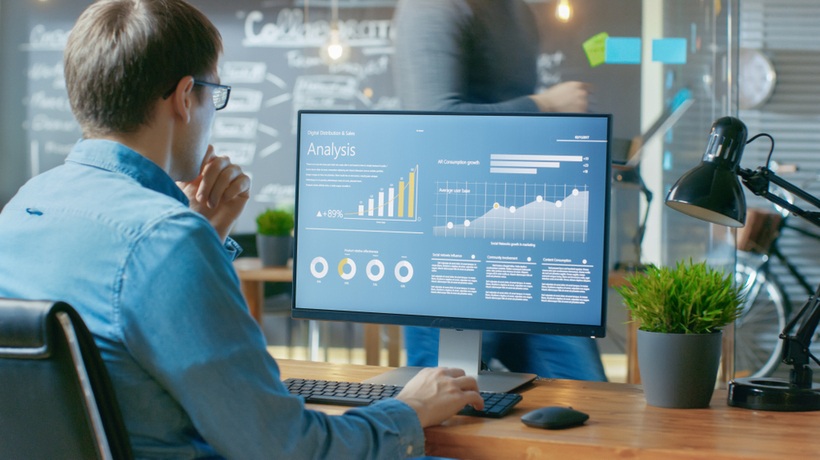How To Use Big Data In eLearning
Imagine what it would be like if you can learn more about your learners' behaviors. Let me guess, this is the main challenge of your career as an eLearning specialist. Good news: The tons of data coming out from your LMS makes it easier to learn more about your learners’ behaviors. But how? Let’s take a closer look at what Big Data is and how to use it in eLearning.
What Big Data Is!
When learners go through eLearning modules, LMSs always collect a vast amount of user data. This data can be sorted, filtered, and analyzed to look for patterns and insights to solve problems. The use of Big Data to improve online learning is called “Learning Analytics.” These analytics can be of great benefit to your organization.
First, they could help you monitor learning progress, spot problems, and discover patterns. They could also assess the usefulness of learning materials and help struggling learners. Plus, these analytics could help to create personalized experiences, let learners tailor their learning experience to their preferences, and adapt to a learner's needs based on their performance. Astonishing, isn't it?
Sources Of Data To Be Collected
After you have already learned how Big Data works in eLearning and the benefits you could get from collecting and analyzing this data, you may wonder how to source the data you should be collecting. Your first step in the data collection process should be figuring out why you need to collect it. So, you could select the appropriate type of data for your purpose.
There are three main types of statistics provided by your LMS: engagement statistics, performance statistics, and course or site helpdesk. Engagement statistics include site logs, location/IP, course access, and time spent. These statistics tell you about the learners’ preferred activities, the boring ones as well. Performance statistics include gradebook scores, self-assessments, and online learner feedback. And these statistics could shed light on the most difficult parts of the course. Finally, the course or site helpdesk includes the frequently asked questions and issues raised by your learners. These questions could reflect the ambiguous parts of the course activities which need more clarification.
Converting Learning Analytics Into Actionable Outcomes
Now you have collected the data about your learners' behaviors and performance. You did a great job! But hang on a minute, you have not achieved your target yet. You must turn these learning analytics into actionable outcomes to benefit your organization. Your analytics must tell you about what happened, why it happened, what will happen, or what you should do. So how can you do that? The process of converting learning analytics into actionable outcomes will take 3 steps: data analysis, trend analysis, and action.
- Data analysis
First off, gather and report the data. You may use several report formats, however, it is preferred to use data visualizations. You should collect both engagement and performance data, however, you have to make sure you’re not collecting information that you won’t use. - Trend analysis
Then, use the generated reports and visualizations to analyze the trends. You may compare a learner’s activity with others in the same program, with learners who have previously taken the course, or against the course rubrics. Keep in mind that the more data you collect, the better patterns you will find to improve learning. - Action
Now you are ready to take action and achieve your goal. Based on the learning analytics, you can predict the outcomes of the course or you can even modify the course to make it more engaging and entertaining for your learners. You may include different kinds of media, interactivity, or assessments that learners tend to do better with. You may also help struggling learners by conducting a personalized and timely intervention or just giving simple feedback.
Conclusion
In short, Big Data and learning analytics could tremendously benefit your online learners and help them become more successful. Having a clear idea of how Big Data and learning analytics can help you improve your courses, help struggling learners, and create more personalized learning experiences. All you need is to set your purpose, collect data, produce reports, and turn your learning analytics into actionable outcomes.
References:
- The Essential Guide to Learning Analytics in the Age of Big Data








